How Do Laser Rangefinders Work ?
Laser rangefinders work by emitting a laser beam towards a target and measuring the time it takes for the beam to bounce back. The device calculates the distance by multiplying the speed of light by the time it takes for the laser beam to return. By using this method, laser rangefinders can accurately determine the distance between the device and the target. They are commonly used in various applications such as surveying, hunting, and golfing.
1、 Time-of-flight measurement using laser pulses
Laser rangefinders work based on the principle of time-of-flight measurement using laser pulses. These devices emit a laser beam towards a target and measure the time it takes for the laser pulse to travel to the target and back. By knowing the speed of light, the rangefinder can calculate the distance to the target.
The laser pulse is emitted from the rangefinder and travels through the air towards the target. When the pulse reaches the target, it reflects off the surface and returns to the rangefinder. The rangefinder then measures the time it took for the pulse to make the round trip.
To accurately measure the time-of-flight, modern laser rangefinders use advanced technology. They emit very short laser pulses, typically in the nanosecond range, and have high-speed detectors to accurately measure the time it takes for the pulse to return. Some rangefinders also use multiple pulses to improve accuracy and reduce errors caused by atmospheric conditions.
In recent years, there have been advancements in laser rangefinder technology. For example, some rangefinders now use frequency-modulated continuous wave (FMCW) technology instead of pulsed lasers. FMCW rangefinders emit a continuous wave with a varying frequency and measure the phase shift of the returned wave to determine the distance. This technology offers advantages such as higher accuracy, longer range, and the ability to measure multiple targets simultaneously.
Overall, laser rangefinders work by measuring the time it takes for a laser pulse to travel to a target and back. With advancements in technology, these devices have become more accurate, reliable, and versatile, making them valuable tools in various applications such as surveying, hunting, and military operations.

2、 Triangulation method with laser beam reflection
Laser rangefinders are devices used to measure the distance between the device and a target object. They work on the principle of triangulation, using laser beam reflection to determine the distance accurately.
The basic concept behind laser rangefinders is that they emit a laser beam towards the target object and measure the time it takes for the beam to bounce back to the device. By knowing the speed of light, the device can calculate the distance based on the time it takes for the laser beam to travel to the target and back.
In the triangulation method, the laser rangefinder emits a laser beam that is focused on the target object. The beam reflects off the object and returns to the rangefinder. The device then measures the time it takes for the beam to return and calculates the distance based on the speed of light.
The latest advancements in laser rangefinder technology have led to improved accuracy and precision. Some rangefinders now use multiple laser beams to create a more accurate measurement by taking into account the angle of the target object. This allows for more precise distance calculations, especially when measuring objects at different angles or on uneven terrain.
Additionally, modern laser rangefinders often incorporate advanced algorithms and digital signal processing to filter out any interference or noise that may affect the accuracy of the measurements. This ensures that the rangefinder provides reliable and precise distance readings.
Overall, laser rangefinders work by utilizing the triangulation method with laser beam reflection to accurately measure distances. The latest advancements in technology have further enhanced their accuracy and reliability, making them valuable tools in various fields such as surveying, hunting, and golfing.
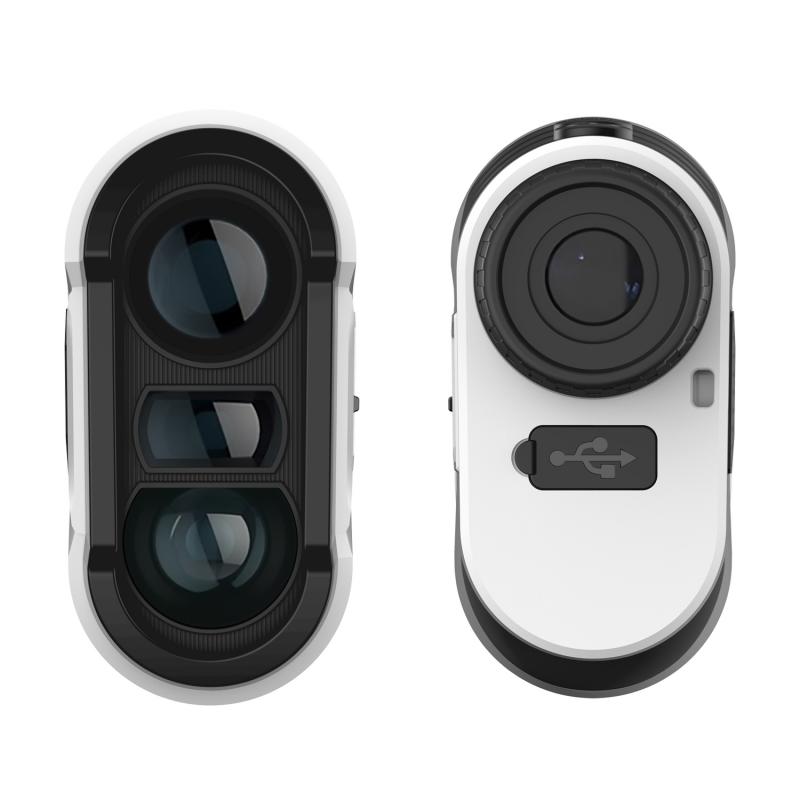
3、 Phase-shift measurement of laser waves
Laser rangefinders work by utilizing the principles of phase-shift measurement of laser waves. These devices emit a laser beam towards a target and measure the time it takes for the beam to travel to the target and back. By knowing the speed of light, the rangefinder can calculate the distance to the target.
In phase-shift measurement, the laser beam is emitted with a specific wavelength and frequency. When the beam reaches the target, it reflects back towards the rangefinder. The rangefinder then compares the phase of the original beam with the phase of the reflected beam. The phase shift between the two beams is directly related to the distance traveled.
By accurately measuring this phase shift, the rangefinder can determine the precise distance to the target. This is typically done using interferometry techniques, where the two beams are combined and interference patterns are analyzed.
The latest point of view in laser rangefinder technology involves advancements in laser technology and signal processing algorithms. For example, the use of pulsed lasers allows for more accurate distance measurements, as the time-of-flight can be measured with higher precision. Additionally, the development of advanced signal processing algorithms enables rangefinders to filter out noise and improve the accuracy of distance measurements.
Furthermore, some laser rangefinders now incorporate additional features such as angle measurement and target tracking. These advancements enhance the functionality and versatility of laser rangefinders, making them useful in various applications such as surveying, military operations, and sports.
In conclusion, laser rangefinders work based on the principle of phase-shift measurement of laser waves. By accurately measuring the phase shift between the emitted and reflected laser beams, these devices can determine the distance to a target. Ongoing advancements in laser technology and signal processing algorithms continue to improve the accuracy and functionality of laser rangefinders.
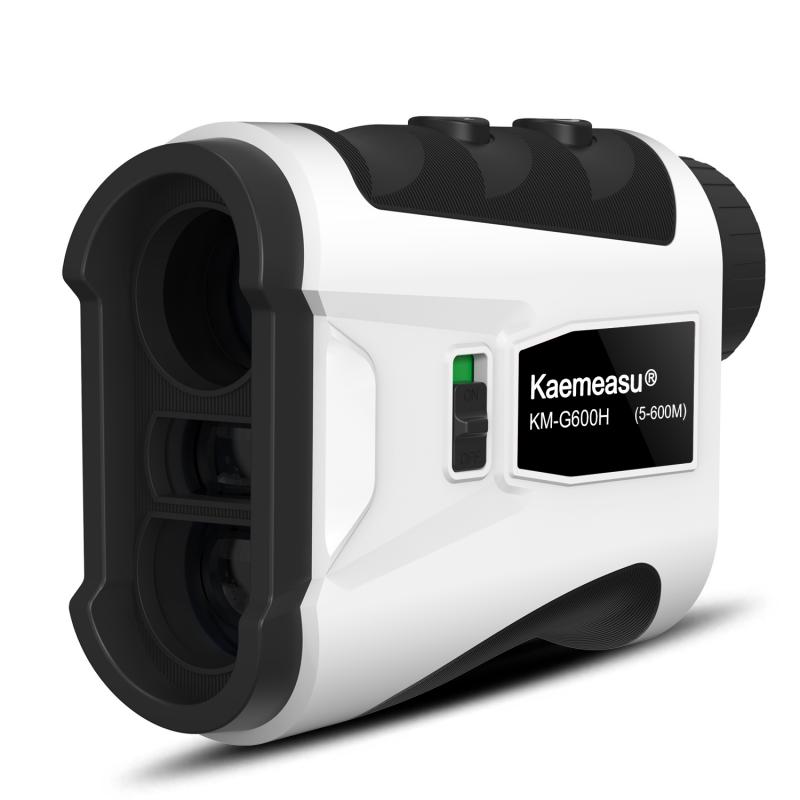
4、 Interferometry technique for precise distance calculation
Laser rangefinders are devices used to measure the distance between the device and a target object. They work based on the principle of interferometry, which involves the interference of light waves to determine precise distances.
In interferometry-based laser rangefinders, a laser beam is emitted towards the target object. The beam reflects off the object and returns to the rangefinder. The rangefinder then splits the returning beam into two paths using a beam splitter. One path directs the beam towards a reference mirror, while the other path directs the beam towards a movable mirror.
The beams from both paths are then recombined, and interference occurs between the two beams. This interference creates a pattern of light and dark fringes, known as an interference pattern. By measuring the phase difference between the two beams, the rangefinder can calculate the precise distance to the target object.
The latest advancements in laser rangefinders have focused on improving their accuracy and range. One approach involves using multiple wavelengths of light to enhance the interferometry technique. By using different wavelengths, the rangefinder can compensate for atmospheric conditions and improve the accuracy of distance measurements.
Additionally, advancements in technology have led to the development of compact and portable laser rangefinders. These devices are now commonly used in various applications, including surveying, construction, hunting, and military operations.
In conclusion, laser rangefinders work based on the interferometry technique, which involves the interference of light waves to calculate precise distances. The latest advancements in laser rangefinders have focused on improving accuracy through the use of multiple wavelengths and the development of compact and portable devices.


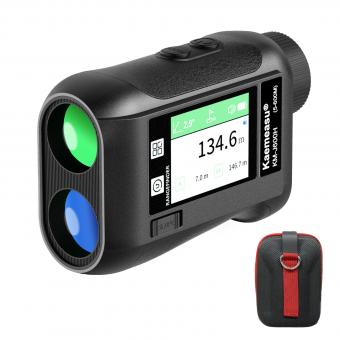






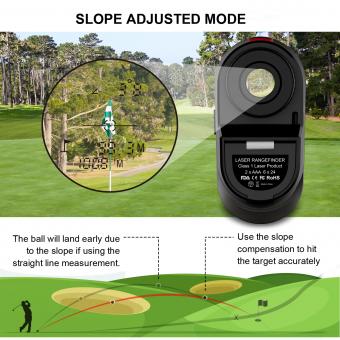

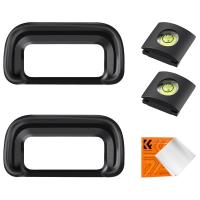
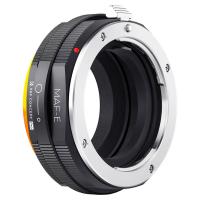
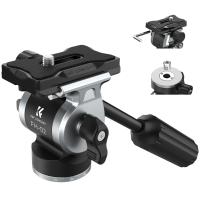




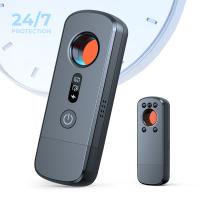
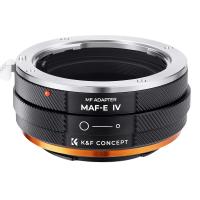

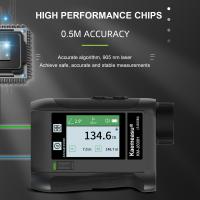


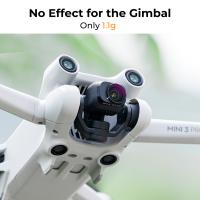

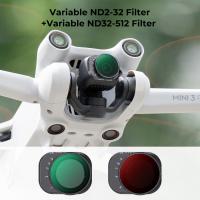
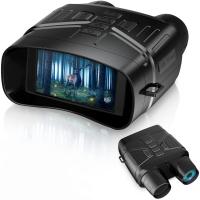
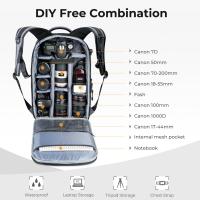

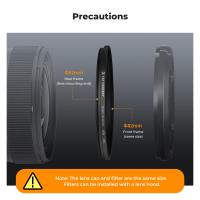
There are no comments for this blog.